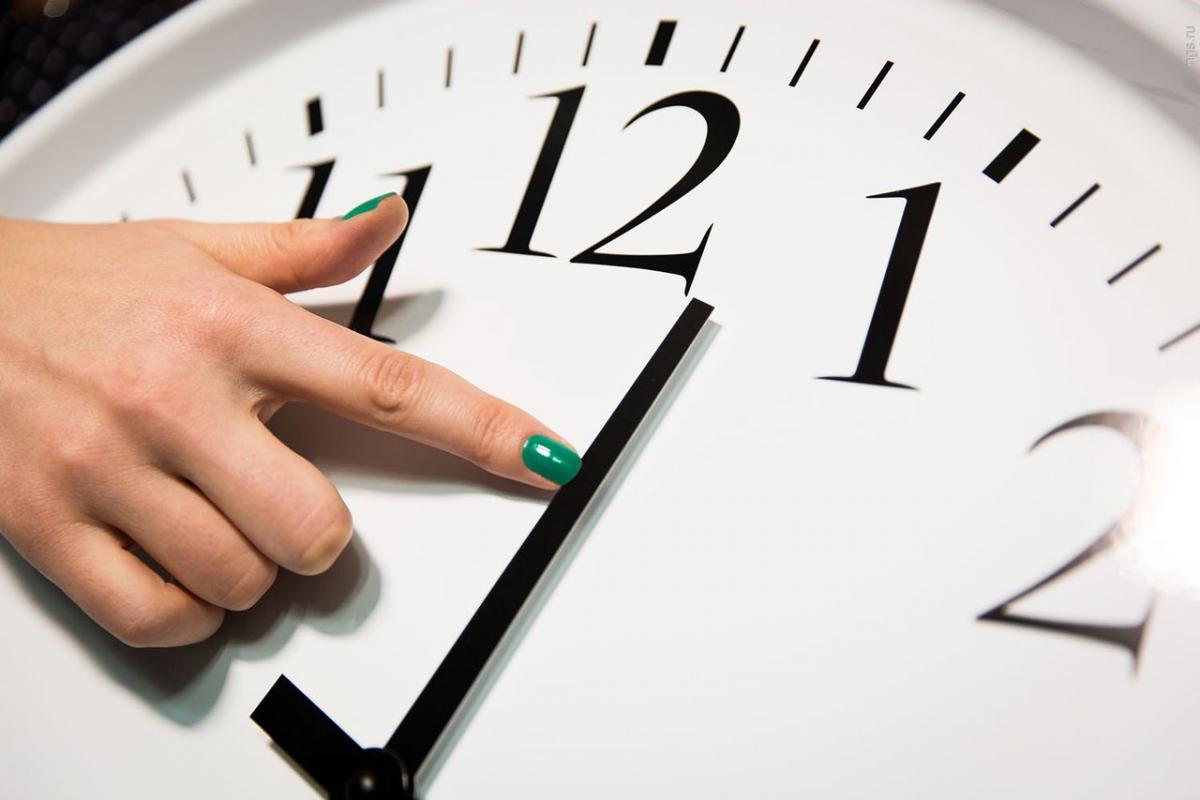For years, Europe has promised to put an end to these seasonal changes. In 2019, MEPs even voted to abolish the time change, with a planned entry into force in 2021, but the health crisis has reshuffled the cards.
As a result, the practice remains in place again this year. The rule has not changed: in France, as in the rest of the European Union, the switch to winter time takes place on the last Sunday in October. In practical terms, on the night of Saturday 25 to Sunday 26 October 2025, you will need to set your clocks back one hour. At 3 a.m., it will be 2 a.m. The immediate benefit is clear: an extra hour of sleep. Connected devices and smartphones will update automatically, but it never hurts to set a reminder for oven clocks, unsynchronised activity trackers and analogue alarm clocks.
But for our bodies, a time change, even of just one hour, creates a shift comparable to mini jet lag. Medical literature and prevention experts agree on this point: some people adapt quickly, but late chronotypes, children, the elderly, night workers and those who already suffer from sleep disorders experience greater fatigue, irritability, reduced alertness and appetite disruption in the days that follow.

To help you adjust, science offers some simple ritual.
Exposure to light in the morning is a powerful ally. A twenty- to thirty-minute walk outside as soon as you wake up helps to advance your circadian phase and stabilise your body clock; a half-hour session of light therapy at 10,000 lux in the morning reproduces this effect when the weather or your schedule requires it. If you feel tired, opt for a micro-nap of no more than twenty minutes in the early afternoon rather than long naps that disrupt the following night’s sleep.
Researchers at Stanford Medicine have modelled the large-scale effect of different time regimes: in this scenario, staying on standard time all year round would reduce the prevalence of obesity by 0.78 percentage points and prevent approximately 300,000 strokes each year in the United States, while permanent daylight saving time would offer some of these benefits.




